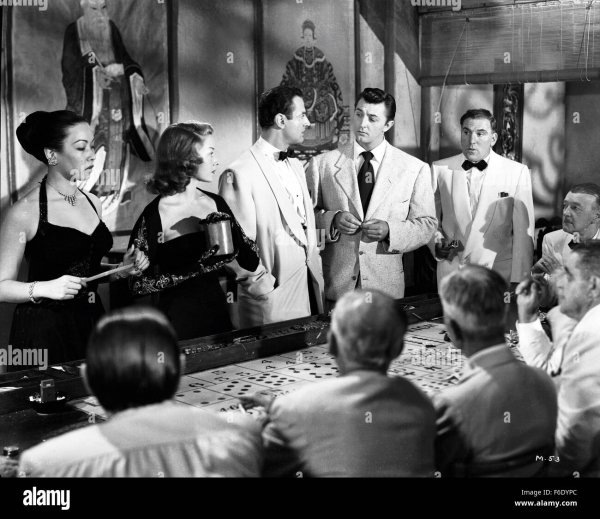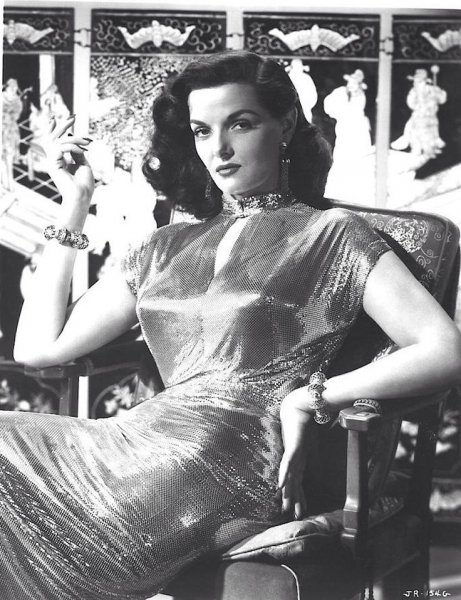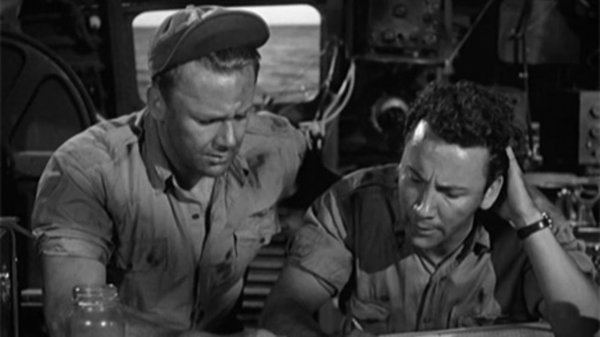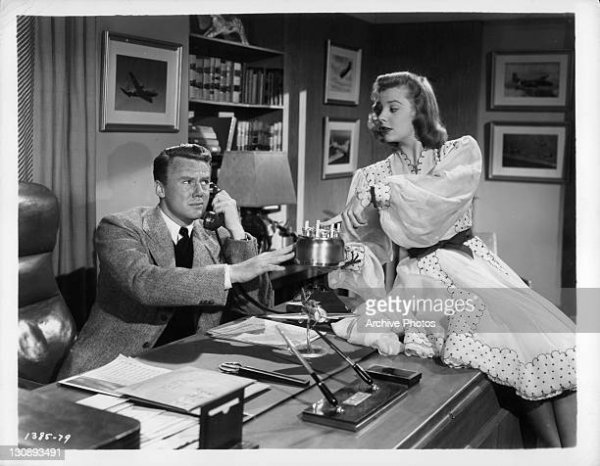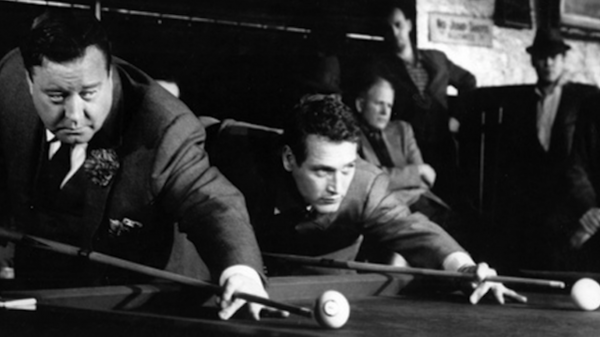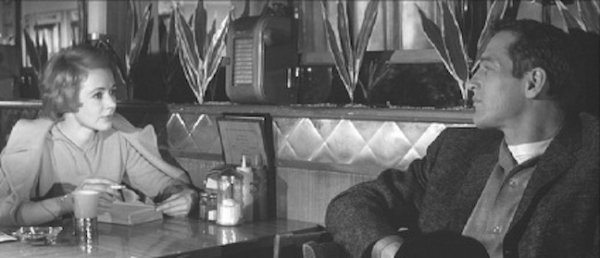Doctor Strange
I'll Lock Up
- Messages
- 5,271
- Location
- Hudson Valley, NY
Famous story re Across the Pacific: John Huston had to report for his war service in the midst of the production. He purposely put Bogie into a cliffhanger situation with no scripted resolution in the shipboard scenes, leaving it a problem for the director assigned to complete the film!
Anyway... The Godfather Trilogy: two four-star masterpieces... and a two-star sequel made long afterwards, mainly to get the cast and crew back together for another trip to Italy and rake in more cash. I've watched Part III three or four times over the years, but I don't know it chapter and verse like the first two. It's always seemed more like a curiosity, an unnecessary epilogue, than a significant sequel.
So this year Coppola released a heavily re-edited version of Part III with the absurd title Mario Puzo's The Godfather: Coda: The Death of Michael Corleone. Reviews said that it was a massive improvement on the unsatisfying Part III, so when it showed up on cable, I had to check it out. Is it really better?
Yes and no. It is indeed heavily re-edited, with some things removed and others added: much of the story has been streamlined and clarified. Don Altobello is identified as the villain right from the start; Joey Zaza's motivations are clearer; many of the supporting characters are more clearly identified, and there are even more Easter egg-like reflections on things that recur from the first two films. But the things that fell flat before, like the total lack of romantic chemistry between Vincent and Mary (not to mention Michael and Kay), the byzantine Vatican plot, and the exhausting, endless third-act opera sequence, remain problems. And the pacing, particularly in the second half, is choppy - you can tell that compromises were required for rejiggering the story that throw the cross-cutting chronology off.
So the new version is better, but the film remains completely inessential. As before, it's a pleasant chance to hang out with the Corleones some more, but it remains a mess that doesn't cap the story as intended. And - spoiler alert? - Michael is still sitting in Don Tomasino's garden at the end... ALIVE, which doesn't exactly jibe with the film's title!
Recommended for Godfather completists only.
Anyway... The Godfather Trilogy: two four-star masterpieces... and a two-star sequel made long afterwards, mainly to get the cast and crew back together for another trip to Italy and rake in more cash. I've watched Part III three or four times over the years, but I don't know it chapter and verse like the first two. It's always seemed more like a curiosity, an unnecessary epilogue, than a significant sequel.
So this year Coppola released a heavily re-edited version of Part III with the absurd title Mario Puzo's The Godfather: Coda: The Death of Michael Corleone. Reviews said that it was a massive improvement on the unsatisfying Part III, so when it showed up on cable, I had to check it out. Is it really better?
Yes and no. It is indeed heavily re-edited, with some things removed and others added: much of the story has been streamlined and clarified. Don Altobello is identified as the villain right from the start; Joey Zaza's motivations are clearer; many of the supporting characters are more clearly identified, and there are even more Easter egg-like reflections on things that recur from the first two films. But the things that fell flat before, like the total lack of romantic chemistry between Vincent and Mary (not to mention Michael and Kay), the byzantine Vatican plot, and the exhausting, endless third-act opera sequence, remain problems. And the pacing, particularly in the second half, is choppy - you can tell that compromises were required for rejiggering the story that throw the cross-cutting chronology off.
So the new version is better, but the film remains completely inessential. As before, it's a pleasant chance to hang out with the Corleones some more, but it remains a mess that doesn't cap the story as intended. And - spoiler alert? - Michael is still sitting in Don Tomasino's garden at the end... ALIVE, which doesn't exactly jibe with the film's title!
Recommended for Godfather completists only.
